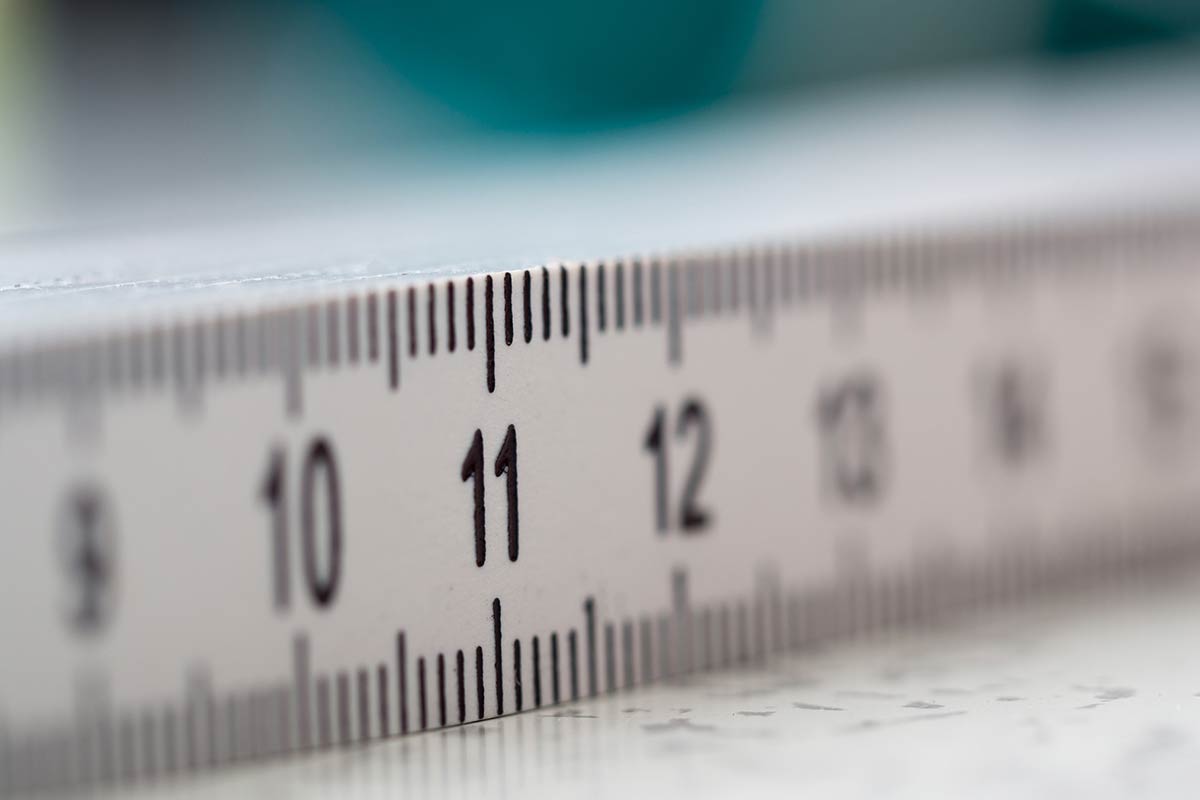Measuring Learning Agility
Most people are good at doing things they’ve done in the past and coming up with solutions they know from experience work well. Fewer are adept at handling new and unique challenges where there are no obvious answers. Yet, this is precisely what is demanded of leaders today. A dynamic and complex business environment requires people to be resourceful and adaptable, to think and act in new ways as situations change. It takes people out of their comfort zone and pushes them beyond their usual ways of doing things. The extent to which people enjoy these challenges varies significantly. Some prefer to avoid them, holding on to trusted skills, expertise and patterns of behaviour, whilst others actively seek them out in order to satisfy their natural curiosity and enjoyment of doing new things. Agile learners demonstrate the ability and willingness to learn from experience and use those lessons to succeed in new and different situations. They look for many, diverse experiences and this runs counter to sticking with any one discipline for long periods. On this basis, not every job is suited to agile learners. Some jobs require deep expertise where being highly learning agile could actually be a disadvantage. Organisations can better manage their talent when they measure learning agility and carefully match the right people to the right jobs, career paths and developmental experiences. How Can Learning Agility Be Measured? Learning agility is a multi-dimensional concept. Based on research over three decades, Korn Ferry’s model is made up of five factors - Self-Awareness, Mental Agility, People Agility, Change Agility and Results Agility. These are defined as a set of behaviours that are both observable and measurable. Multi-rater assessment A straightforward way to measure Learning Agility is through a 360-degree survey. Choices® is a proven, easy-to-use online assessment that provides people with meaningful feedback on their overall Learning Agility and each of its five factors. Choices® is useful as it raises awareness of what Learning Agility actually is among individuals and their raters by reading the behavioural descriptors as they complete the assessment. It is also supported by the FYI for Learning Agility™ book that contains specific actions a person can take to develop Learning Agility. Self-assessment A second way to assess Learning Agility is through an online self-assessment called viaEDGE™. To overcome the tendency of individuals to over or underrate themselves, rigorous verification scales are used to determine the accuracy of their scores, providing a confidence index for each completed assessment. viaEDGE™ is useful when time is at a premium and is effective for assessing larger groups of individuals. It is supported by a development guide called Becoming an Agile Leader: A Guide to Learning from your Experience. What are the Benefits of Measuring Learning Agility? An organisation’s success depends largely on its people, talented individuals who contribute to the achievement of organisational goals. Those who effectively leverage the abilities of their people are focused on understanding and differentiating their talent. All talent is important, but all talent is not the same.…


